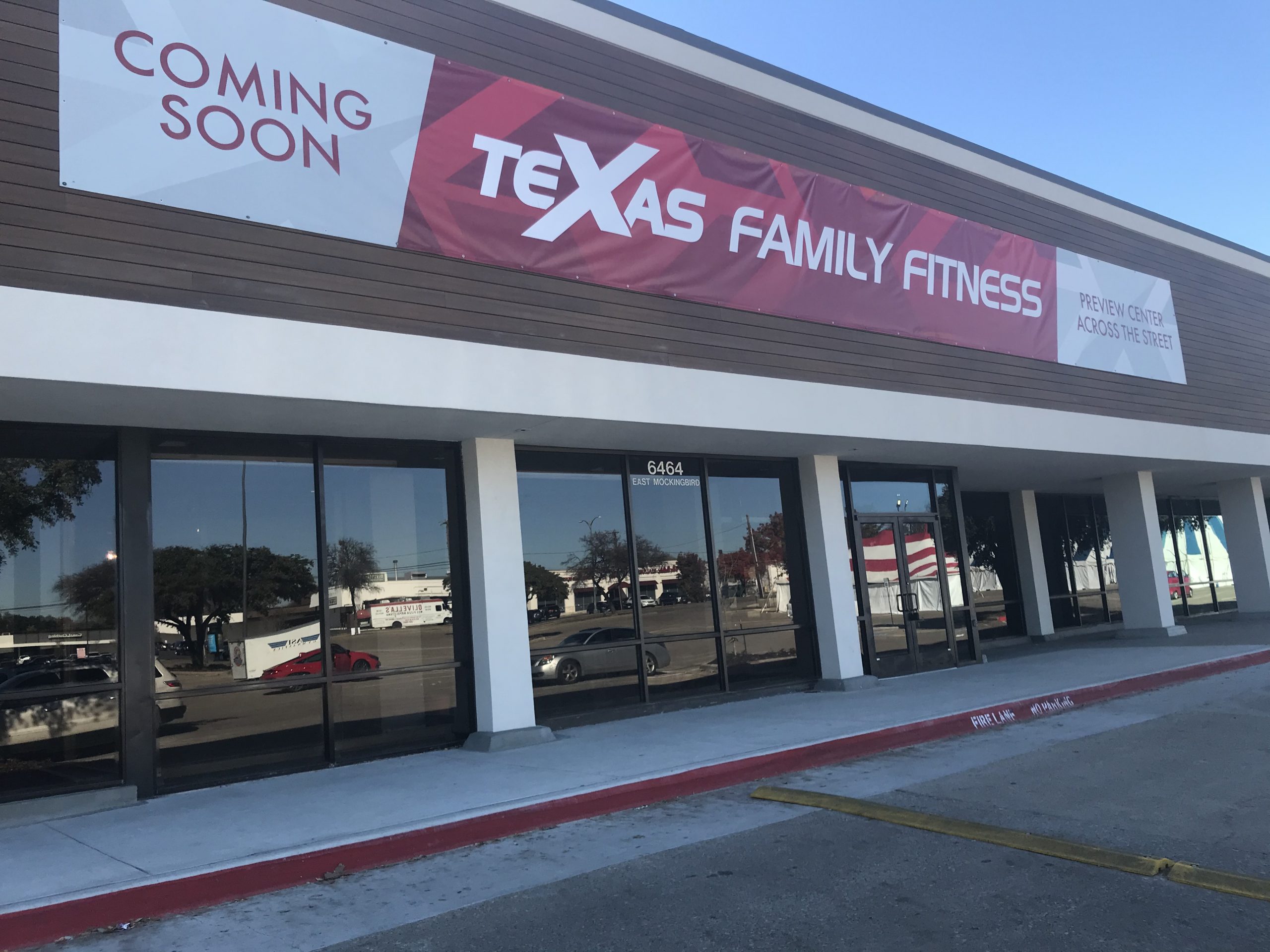Bussiness
How To Now Get Nearly Unlimited Funding To Build Your Small Business Empire

The Small Business Administration has removed the $5 million per borrower cap on its popular 7(a) loan guarantee program. But to take advantage of the change, you’ll need to diversify.
By Brandon Kochkodin, Forbes Staff
The golden ticket to buy a small business has always been a Small Business Administration 7(a) loan. But thanks to a recent and overlooked rule change, it just got even better, giving ambitious entrepreneurs a chance to build a diversified collection of small businesses–their own baby Berkshire Hathaways.
The 7(a) program was established in the same law that created the Small Business Administration (SBA) in 1953. The SBA provides a 75% guarantee on these loans, reducing the risk for lenders and thereby encouraging them to fund small businesses. The money can be used for working capital, equipment, real estate, or even to buy a business.
Business buyers love the SBA 7(a) program not only because it makes more loans available, but also because of its forgiving collateral requirements. Most of the time, a personal guarantee from the buyer is enough. Even better, borrowers often don’t need to put much, if any, money down. Repayment terms can stretch up to 25 years, making it a more affordable option than a standard bank loan that typically maxes out at just 10 years. The program has been a clear success. In fiscal 2024, 70,242 loans were approved, totaling $31.1 billion, with an average loan size of $443,097.
Now, the total volume of loans issued could skyrocket. That’s because in May 2023, the SBA significantly modifed the $5 million cap on total loan guarantees per business owner. Previously, borrowers were limited to $5 million in SBA-backed loans, whether for a single business or spread across multiple ventures. But the agency revamped this “affiliation rule” to allow borrowers to take out up to $5 million per business, as long as each business falls into a different subsector of the North American Industry Classification System (NAICS). With 96 subsectors available, this change opens the door for business owners with good credit and strong track records to expand their reach and diversify.
According to an SBA official, the change was made to “reflect the Small Business Act’s definition of a small business, which states in part that a small business is independently owned and operated and which is not dominant in its field of operation.” Before this rule change, the SBA treated any businesses with common ownership as part of the same “field of operation,” regardless of industry. For example, if someone owned a dry cleaner, a restaurant, and a dental office, they were all grouped together to determine the total loan size, according to the SBA official.
The change may have brought the SBA’s lending criteria better into line with the Small Business Act, but it was still a dramatic move given that the SBA had been grouping businesses with common ownership together for seven decades.
The timing of this adjustment leaves some speculating as to why. One lender suggests this could be partly about optics. Ray Drew, managing director of Winston-Salem, North Carolina-based Truliant Federal Credit Union and host of The Art of SBA Lending podcast, notes that the SBA has been pushing lenders to issue smaller loans in an effort to drive business creation in underserved communities. (The average loan size has dropped 18% since fiscal 2022.) Meanwhile, the $5 million loan cap hasn’t changed since October 2010, when Congress increased it from $2 million in the Small Business Jobs Act of 2010. (If it had been adjusted for inflation, that $5 million cap would be $7.2 million now.)
But the SBA hasn’t asked Congress to raise the cap. “In D.C., so much focus is on the small-dollar loan,” Drew, 35, says. “I think they don’t want to be seen as helping the bigger guy.” So changing the way the affiliation rule works, he suggests, could be seen as a clever workaround–a way to funnel more dollars to successful entrepreneurs, without disturbing the optics of helping the little guy.
An SBA official insists that’s not the case. The rule change followed over a decade of talks with borrowers and lenders. What the agency learned was that the old policy was “too cumbersome, confusing, and subjective,’’ the official explains. The new rule simplifies the definition of affiliation while maintaining “protections to ensure large businesses cannot pursue SBA loans.”
The change caught small business lenders and funding search agents by surprise–so much so, that at first they weren’t sure it was for real or how it would work. Truliant’s Ray Drew, for his part, didn’t really believe it until he got a loan approved for one of his clients that pushed that borrower over the old $5 million cap.
“I heard about it, but in the SBA business, you hear about a lot of things,” says Stephen Speer, the founder of eCommerce Lending, an online business acquisition advisor. “We’ve heard about mermaids and unicorns our whole lives, but we’ve never seen one. I was skeptical for sure.”
Speer, a 30 year veteran of the small business industry, says he has a client who only a few months ago closed a $3.8 million loan to acquire a retail flooring tile business. A month after closing that deal, the same client wanted to borrow another $3.4 million through the 7(a) program to purchase an online skin care company. He says he reached out to nine other lending partners to get the deal done, but only Drew said it was possible. “Ray [Drew] took the bull by the horns and ran the additional loan,” Speer says. “My client now has $7.2 million in SBA financing on two separate loans.”
Speer, like others in the small business community, is pleased with the rule change. He notes that more people are looking to buy rather than start businesses, and there’s a growing trend of buyers interested in acquiring multiple businesses. While he, along with others, would eventually like to see the $5 million loan cap raised, he views this change as a positive step that’s come at the right time. As Speer puts it, “you have all these businesses owned by 70-year-olds who aren’t passing them on to their kids, they’re looking to sell.”
That’s not to say everyone thinks the changes are perfect. Eric Pacifici, the founder of SMB Law Group—which has advised on more than $1 billion in small business deals since its founding in 2022—points out the odd incentive structure created by the rule. “It pushes people to diversify,” Pacifici says, adding that diversification, which is a staple of successful investing, might not be the best approach when it comes to actually running multiple small businesses. That said, he’s had many clients inquire about the new rule with some already closing deals.
Just because borrowers can now exceed the cap doesn’t mean banks will hand out million dollar loans to just anyone, cautions Truliant’s Drew. To qualify for more than $5 million in total financing, potential borrowers will need excellent credit and a proven track record of success. After all, the banks still retain 25% of the risk on these loans.
“If you want to go out and get five $5 million loans from the SBA, you better be really strong financially,” says Drew. “The average Joe isn’t going to get approved for all of that.”










